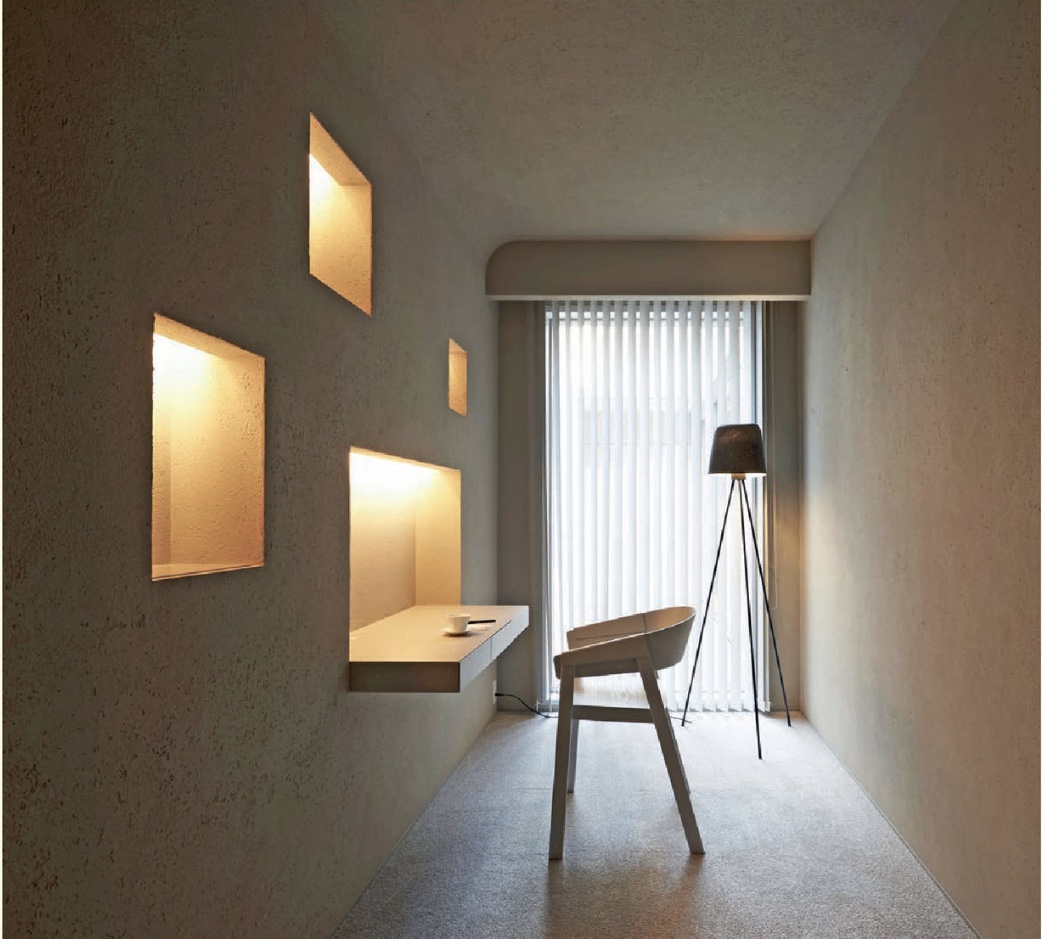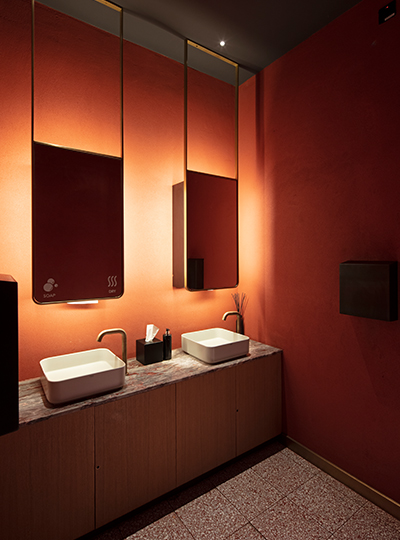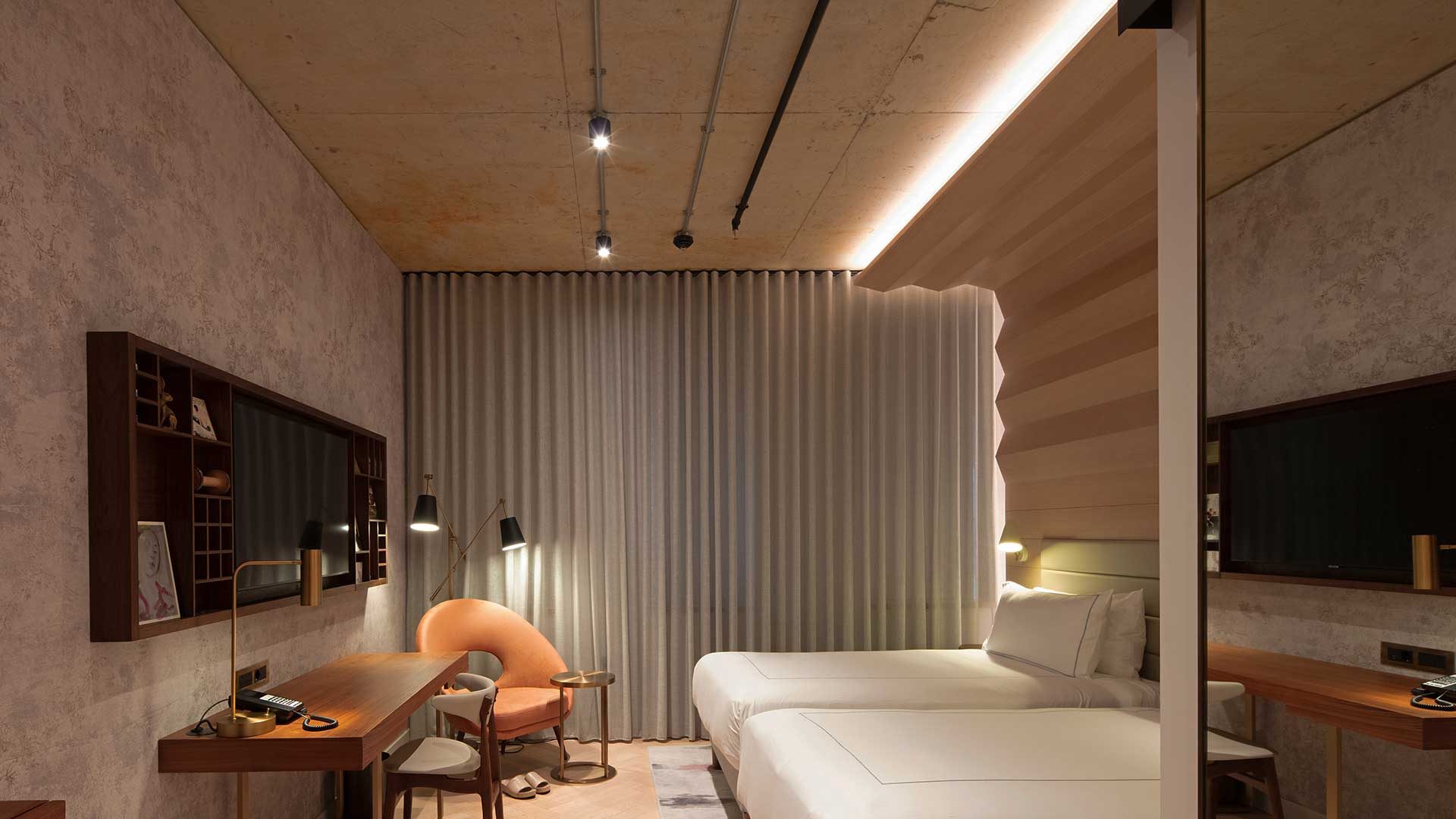Debunking the circadian lighting myth
Circadian lighting is becoming more widely adopted – or so we’re led to believe. There’s no doubt that in recent years the benefits of circadian lighting have been well documented, but are we any closer to understanding what it means? Especially when we attempt to apply it to a hospitality or commercial space.
The short answer – not really. We simply don’t know enough about the subject to accurately impact circadian rhythms with artificial light, but what do we know? Founder Paul Nulty sat down with FX Magazine and what follows is a snippet of that conversation.
Circadian lighting, or is it?

Our understanding of the broader term ‘circadian’ has been reinforced by the huge amount of research that’s gone into this subject. Circadian rhythms are known to govern how our bodies run – our 24-hour internal clock is linked to physical and psychological responses such as sleep, body temperature, alertness, and hunger. When our circadian rhythm gets out of sync, we need external cues to reset it and light is instrumental in this process.
When we start to talk about how artificial light can be used to influence circadian rhythms, things are a bit more ambiguous. Often, the term is nothing more than a buzzword, for something truly circadian to be achieved, the approach needs to be scientific, and the implementation research based.
The ‘ish’ Factor
In our attempt to get closer to a truer definition of circadian lighting, we need to be clear that affecting someone’s circadian rhythm is different to supporting it.
We need to move away from talking about circadian lighting as if it’s a design philosophy where one size fits all. A blanket approach to circadian lighting can never be effective as we need to account for causal factors such as geography, age, health, sleep, diet, work patterns, and exercise.

Circadian, in a truer sense
If we single out the hospitality sector, where circadian lighting is sometimes touted as a silver bullet for issues around jet lag, it’s difficult to ascertain that we can beat tiredness by having the right light in a hotel guestroom. It’s certainly possible to make a guest’s experience more comfortable by transitioning illuminance levels, but can we make claims about being able to reset or impact a person’s body clock with artificial light? The answer is that we can, but realistically the lighting response can only go so far.
Circadian-ish
To get closer to a true understanding of circadian lighting, we need to be honest about the fact it goes way beyond warm and cool light. If all we are doing is augmenting daylight in the morning and daytime with tuneable white light, we’re guilty of an element of trickery that plays on a person’s psychological rather than physiological perception of light.
As an industry, we must demystify what we mean by circadian lighting and move away from reductive definitions. It’s time to debunk the myths and start using the term circadian correctly. Right now, ‘circadian-ish’ is perhaps the best we have.
Read the full Design Curial article and delve into the more technical aspects here.


